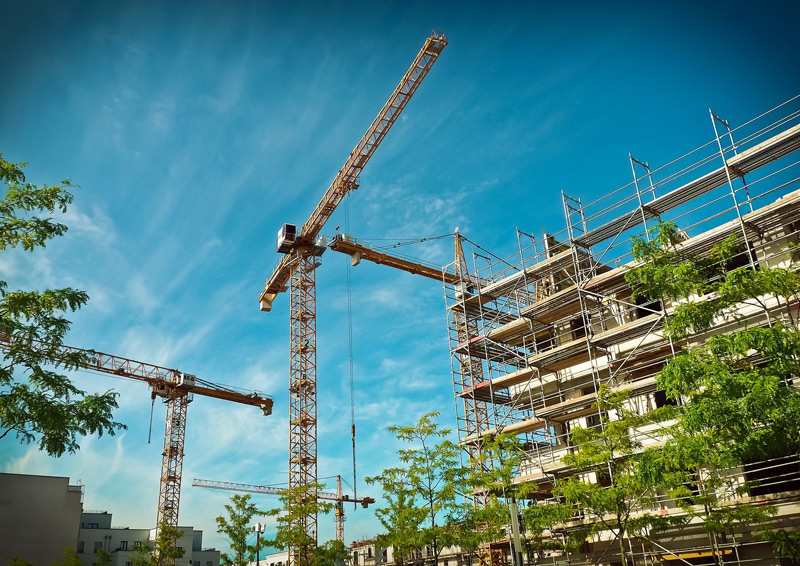The author of Designing a Safer Built Environment, looks at how design risk management (DRM) can be further improved to deliver safe construction projects on time and on budget.

- Updated: 21 Apr 2021
- Author: John Carpenter
Improving the process of design risk management (DRM)
We justifiably celebrate progress and clarity, throughout the industry. However, for 26 years the construction industry designer has been explicitly mandated to manage design-related risk, often without sufficient guidance, support or emphasis. This has led in turn to omission, confusion, and, in many cases, little value. At the same time those obligated to monitor this process, currently the Principal Designer, have lacked a reliable yardstick against which the designer might be assessed, whilst those who should be benefitting have not always seen this materialise in an optimum manner.
Hazards and risks
The classic approach, over this period, has been to concentrate on individual risks from physical activities on-site that arise from the design process. In reality, few of these need specific input from the designer: they are ‘standard tasks’, which, whilst involving risk, have accepted methods of mitigation for normal locations and environments. It is only the ‘non-standard tasks’ that require the designer’s attention. Differentiating and actioning these by ‘element’, rather than by individual risk, provides a framework for efficient and effective risk management, raising standards as an integral part of the methodology. An 'element' may be a physical part of the design brief or a phase of construction.
Structural engineering (primarily)
Whilst these on-site hazards and risks are important, the higher risks are often embedded in the design processes. Whilst affecting those ‘on site’ either in the construction or in the operation phase, they do not relate to work items on site. These design-related issues are designated ‘soft hazards and risks'. Examples include design concept error, misinterpretation of software outputs, insufficient checking, and a lack of site supervision. It is rare, if at all, to see this category highlighted and interrogated as part of the ‘risk assessment’ process.
Structural engineering often brings the special aspects of collapse, lack of robustness, and fire, alongside the specific subject of temporary works. The specific aspects noted in CROSS (Collaborative Reporting for Safer Structures) are an important part of risk management.
Grenfell Tower Fire
All would agree that the Grenfell fire of June 2017 was a tragedy — probably the worst disaster related to the construction industry in the last 70 years or so. However, what is not so well known and still not discussed in detail, is that the root causes are relevant to all those engaged in engineering design, no matter what the facility.
Dame Judith Hackitt expressed the opinion that the industry needed to move from a view that ‘it won’t happen here’ (‘it’ being a major incident) to a position of ‘chronic unease’.
Adding value
It is important that whatever method is adopted for the management of risk — it adds value. To date, this has not often been the case. The proposed method in my new book, Designing a Safer Built Environment, adds value through the identification of ‘standard’ and ‘non-standard’ tasks in conjunction with the explicit requirement for designers to adopt accepted, and specific, contemporary guidance unless there is good reason not to do so. A suggested method of documentation is given, designed to minimise paperwork, and to optimise communication, helping to prevent a disaster such as Grenfell Tower fire happening again.
Who can make a difference?
To help resolve current industry issues, my new book, Designing a Safer Built Environment: A complete guide to the management of design risk, available in print and as an eBook, sets out the background information and proposes a methodology that tackles all of the above shortcomings, whilst allowing standards to rise as an integral part of the process, and within a recognisable framework.
Whilst the obligation to manage design-related risk lies with the designer, several other parties have a responsibility or interest: design managers, client, contractors and principal designer. All these parties are catered for in the text and will find the proposals of direct benefit to their specific interests and needs.
Join me for a webinar
My upcoming webinar is also based on the book. Sign up for an online session taking place on 18 May to learn how to produce a design which can be built, used and maintained, without negatively affecting safety, health and wellbeing.
